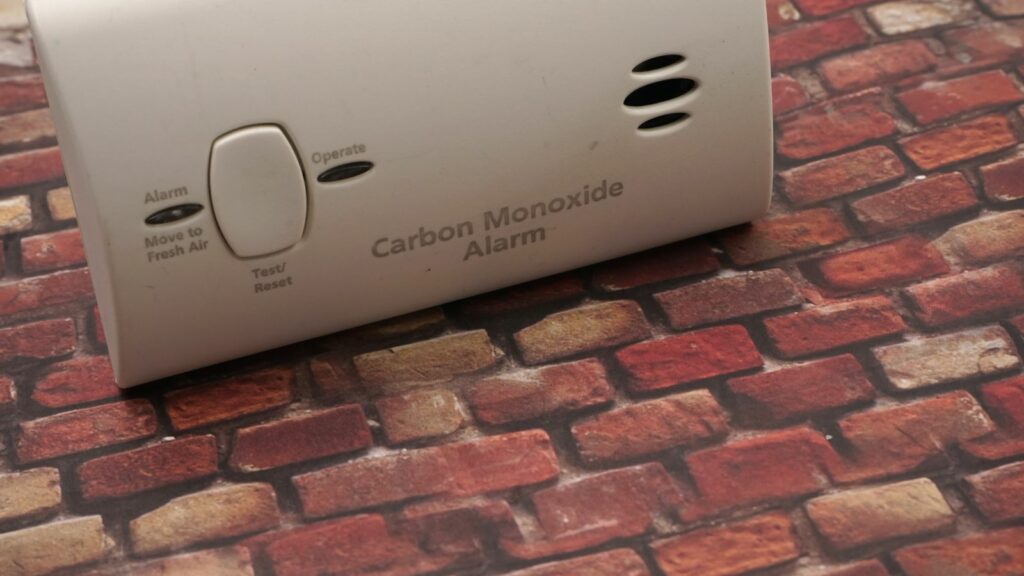In today’s world, the push for cleaner air is more critical than ever, and carbon monoxide reduction is at the forefront of this movement. Carbon monoxide, a colorless and odorless gas, poses significant health risks and contributes to environmental pollution. As urbanization and industrial activities increase, the need to mitigate its harmful effects becomes urgent.
Carbon Monoxide Reduction
Carbon monoxide reduction emissions requires a multifaceted approach. Key strategies include technological innovations, regulatory measures, and public education efforts.
Technological Innovations

Advanced technologies play a crucial role in decreasing CO emissions. Catalytic converters, used in vehicles, convert harmful gases, including CO, into less harmful substances. These converters can significantly reduce vehicle emissions. Improved ventilation systems, particularly in residential and commercial buildings, enhance airflow and decrease CO accumulation. Innovations in fuel-burning devices, such as efficient stoves and heaters, minimize incomplete combustion, lowering CO production. Smart CO detectors, which offer real-time monitoring and alerts, provide an added layer of safety in detecting dangerous CO levels.
Regulation and Policy
Government policies are essential in reducing CO emissions. Stricter emission standards for vehicles ensure that manufacturers produce cleaner engines. Regulations for industrial facilities mandate the adoption of best practices and technologies to minimize CO output. Building codes increasingly emphasize proper ventilation to prevent CO buildup in homes and workplaces. Incentive programs encourage individuals and businesses to upgrade appliances and vehicles to low-emission alternatives.
Public Awareness and Education

Educating the public is crucial in combating CO risks. Awareness campaigns inform individuals about the dangers of CO and the importance of prevention. Educational materials highlight the necessity of regular maintenance for fuel-burning appliances and vehicles. Schools incorporate CO safety in curricula to instill knowledge from an early age. Community workshops and seminars offer practical tips on installing and maintaining CO detectors, as well as recognizing CO poisoning symptoms.
Challenges in Reducing Carbon Monoxide Emissions
Carbon monoxide reduction emissions presents several challenges, primarily due to the pervasive use of carbon-based fuels in modern society. Vehicles, residential heating systems, and industrial processes contribute to significant CO emissions, complicating efforts to minimize output. Transitioning to cleaner energy sources is costly, requiring substantial investment in infrastructure and technology.
Monitoring and regulation pose additional difficulties. Many emission sources are diffuse, making it hard to track and control CO levels effectively. Limited resources and technical expertise in some regions hinder regulatory enforcement and compliance, despite the existence of stricter emission standards.
Public awareness and engagement are essential, yet achieving widespread behavioral change is another obstacle. Educating individuals about CO dangers and safe practices remains challenging, especially in communities with limited access to information or education. Without broader societal participation, CO reduction initiatives may fall short.
Technological advancements like improved catalytic converters face adoption barriers due to costs and availability. These technologies reduce vehicle emissions but need widespread implementation to have a substantial impact. Moreover, retrofitting or replacing outdated systems involves significant economic and logistical efforts, deterring potential adopters.
Future Opportunities for Carbon Monoxide Reduction
Innovative technologies offer significant promise for carbon monoxide reduction. Enhanced catalytic converters, particularly those made with new materials, improve efficiency in vehicles, reducing their CO emissions. Secondary measures like hybrid and electric vehicles further lessen reliance on combustion engines, decreasing CO output from transportation.

Emerging smart ventilation systems in buildings provide tailored airflow, optimizing indoor air quality and lowering CO levels. Sensors and Internet of Things (IoT) technology enable real-time monitoring and automated adjustments to ventilation systems, enhancing efficiency.
Alternative energy sources contribute to CO reduction by minimizing dependence on fossil fuels. Solar, wind, and hydrogen energy offer cleaner options for heating and electricity generation. Investment in renewable energy infrastructure accelerates the transition away from carbon-based fuels.
Policy initiatives play a critical role in reducing CO emissions. Governments implement stricter emission standards and support clean energy incentives, encouraging industries to adopt cleaner technologies.
Embracing Technological Advancements
Carbon monoxide reduction is crucial for ensuring healthier communities and a safer environment. With the rise of urbanization and industrial activities, the need for effective strategies has never been more pressing. By embracing technological advancements and adhering to stricter regulations, society can significantly mitigate CO emissions.

